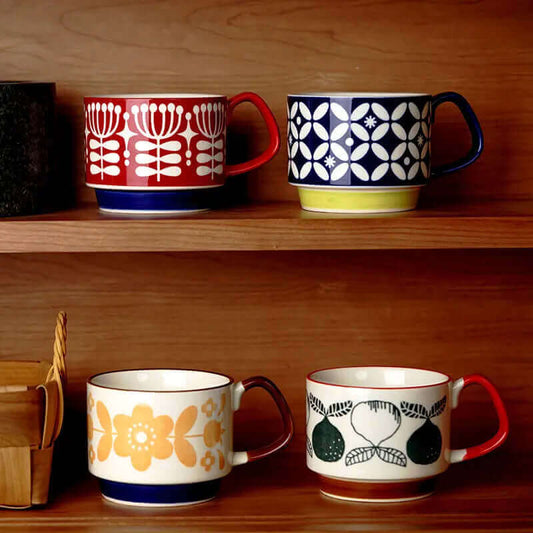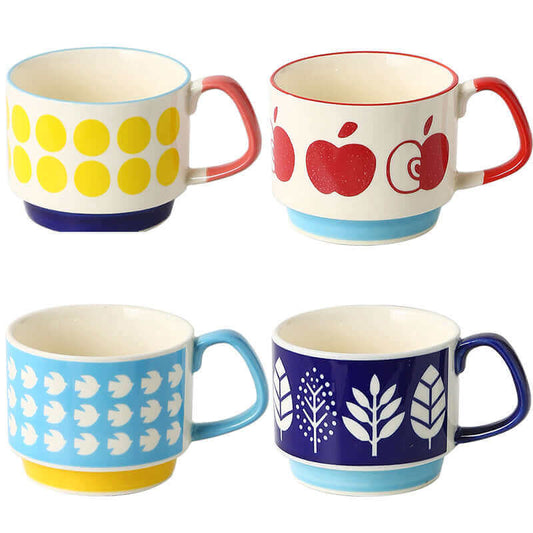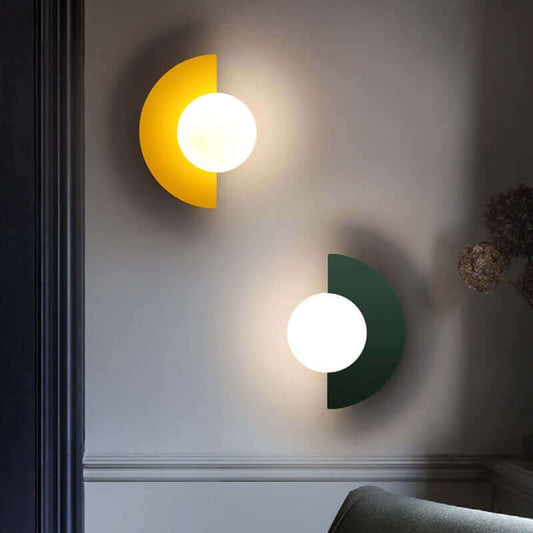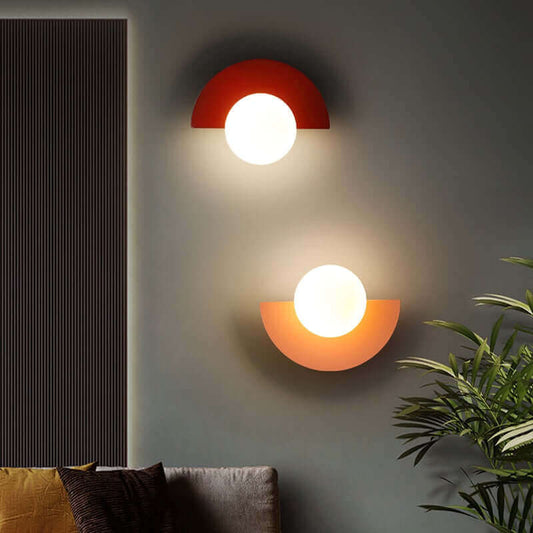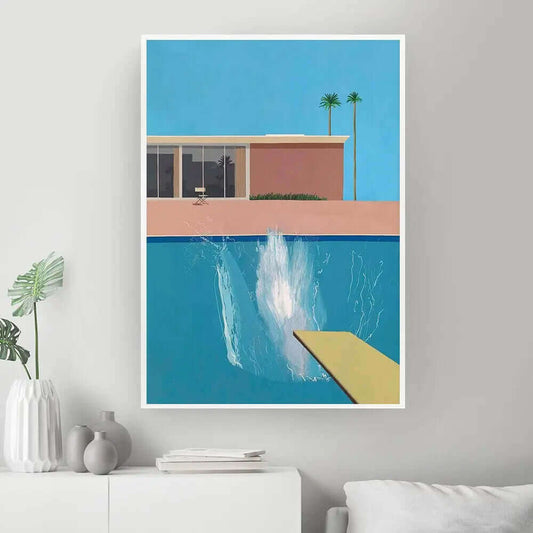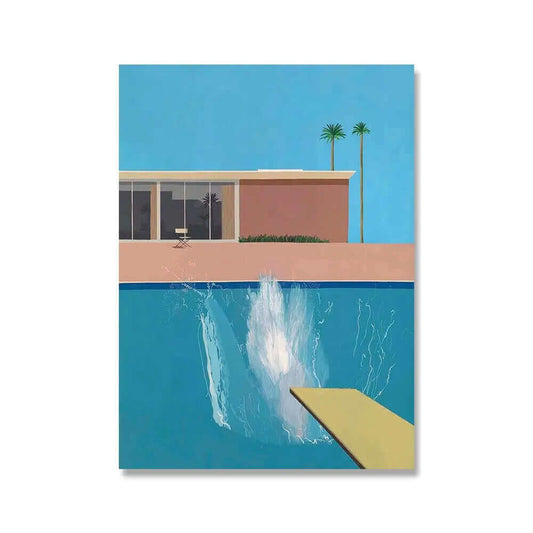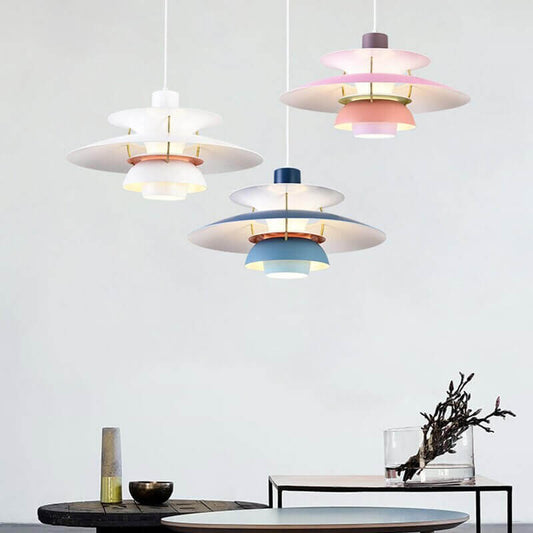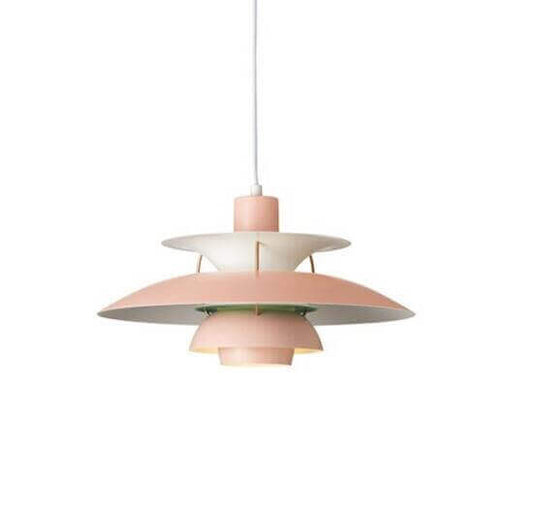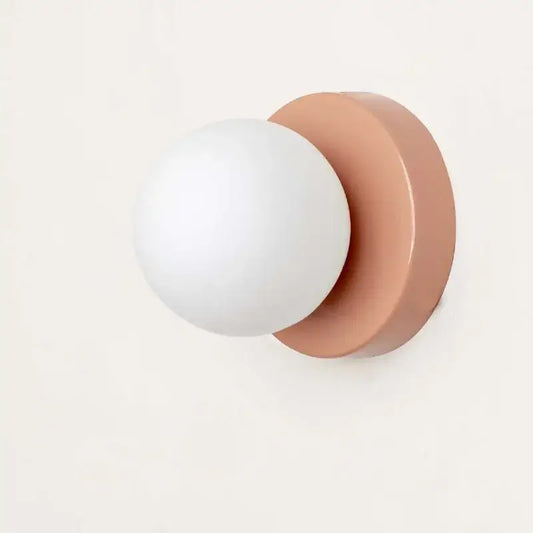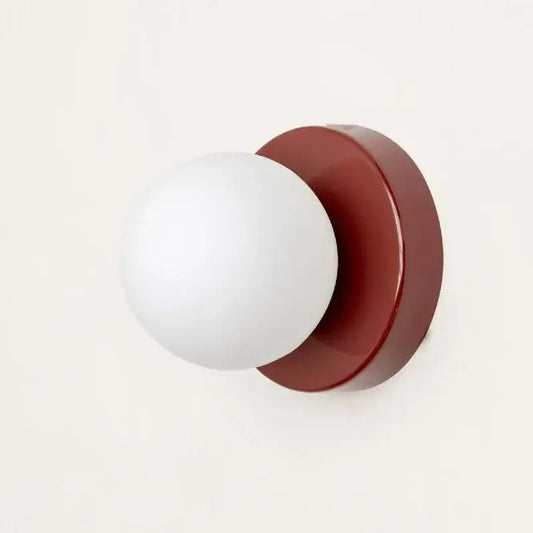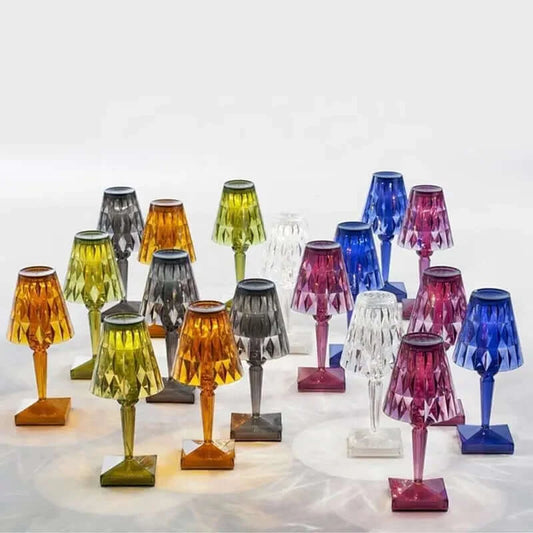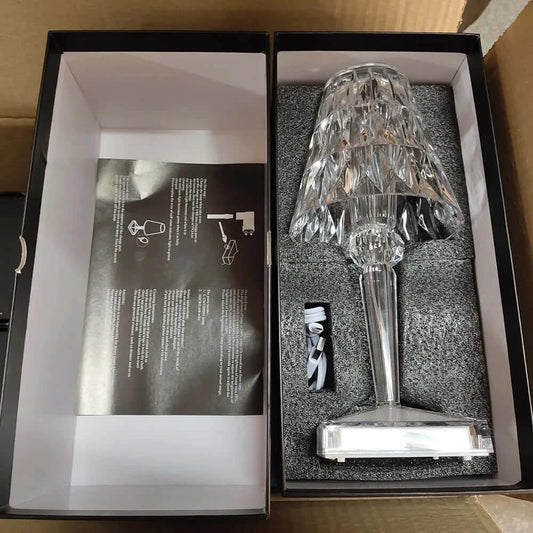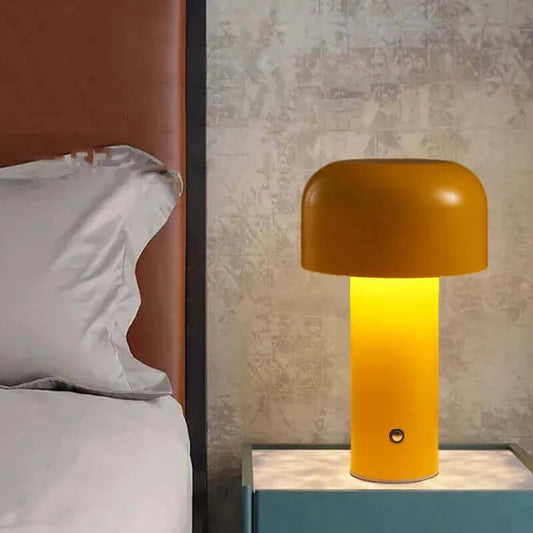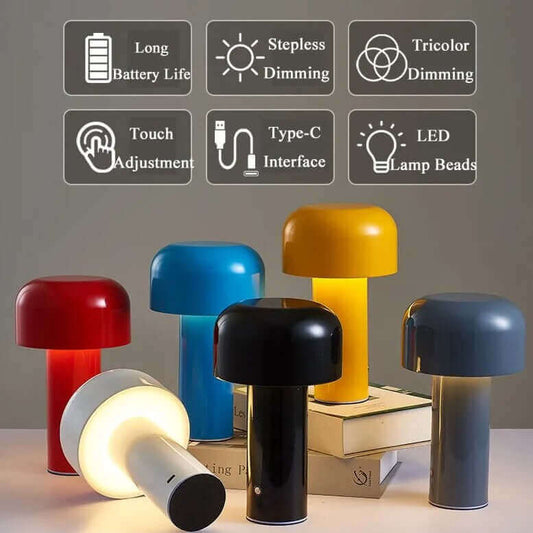Rules of Scandinavian interior design.
Rule 1: Mix decoration styles:
Minimalism may be all the rage, but there's a version of clean design that will never go out of style: Scandinavian interior design. It's no small feat being able to exercise restraint in your decorating choices, while still managing to make a space feel cozy. The style is so popular because it speaks to both our tendencies towards order and our desire to live in welcoming and comfortable environments. Want to have the look the Nordics are so famous for? Follow us…

Rule 2: What is Scandinavian design?
Scandinavian design is a design movement that emerged in the mid-20th century in the Nordic countries of Sweden, Norway, Denmark, Finland, and Iceland. It is characterized by a minimalist aesthetic that emphasizes simplicity, functionality, and clean lines. Scandinavian design is often associated with modernism and the principles of the Bauhaus movement, and has been highly influential in the world of design and architecture.
In interior design, Scandinavian design is often characterized by its use of light, neutral colors, such as white, beige, and gray, which help to create a sense of calm and tranquility in a space. This is often combined with natural materials, such as wood and stone, which help to create a warm and inviting atmosphere.
One of the key features of Scandinavian design is its emphasis on functionality. Scandinavian design favors simple and functional furniture pieces that are designed to be comfortable, beautiful, and practical. This often involves the use of clean, geometric lines and unadorned surfaces, which help to create a sense of order and simplicity in a space.
Another important aspect of Scandinavian design is its use of texture. Soft and cozy textures are often used to create a sense of warmth and comfort in a space, and are often combined with simple and clean lines to create a sense of balance and harmony.
Overall, Scandinavian design is a style that emphasizes simplicity, functionality, and beauty. It is a minimalist style that values clean lines, natural materials, and a sense of order and simplicity. Scandinavian design has had a significant impact on the world of design and architecture, and continues to be a popular choice for people looking to create a warm, inviting, and stylish living space.

Rule 3: Play with natural light.
One of the key features of Scandinavian interior design is its use of natural light. Natural light is a precious commodity in the Nordic countries, where winter days are short and sunlight is limited. As a result, Scandinavian design often makes use of natural light to create a warm and inviting atmosphere in a space.
In Scandinavian design, natural light is often incorporated into the design in a variety of ways. Large windows and skylights are common features in Scandinavian homes, allowing natural light to flood into the space and creating a sense of openness and connection with the outdoors. This not only helps to create a sense of warmth and comfort, but also helps to make a space feel larger and more expansive.
Another way that Scandinavian design plays with natural light is through the use of reflective surfaces, such as mirrors and metallic accents. These surfaces help to bounce light around a space, creating a brighter and more dynamic atmosphere. They also help to create the illusion of more space, which can be especially important in small or cramped rooms.
Scandinavian design also often emphasizes the importance of natural materials, such as wood and stone, which can help to create a warm and inviting atmosphere. These materials can also help to enhance the effects of natural light, creating a sense of warmth and comfort that is essential in Nordic design.
Overall, the use of natural light is a key feature of Scandinavian design, and plays an important role in creating a warm, inviting, and stylish living space. By incorporating natural light into the design in a variety of ways, Scandinavian designers are able to create spaces that are both functional and beautiful, and that embody the principles of simplicity, functionality, and beauty that are at the core of Scandinavian design.
Rule 4: Choose pale colours:
One of the defining features of Scandinavian decor is its use of pale and muted colors. The Scandinavian aesthetic is often characterized by its light and airy feel, which is achieved through the use of colors that are calm, soothing, and natural. Pale colors, such as taupe, ivory, and sage, are particularly popular in Scandinavian design, as they help to create a sense of serenity and relaxation in a space.
In addition to pale colors, Scandinavian design also often incorporates black and white accents, which can help to create a sense of contrast and balance in a space. Black and white photographs, for example, are a popular choice for minimalist decorative accents in Scandinavian design, as they help to add a sense of depth and texture to a space.
Another popular accent in Scandinavian design is the use of natural elements, such as olive branches, wood, and stone. These natural materials help to create a sense of warmth and texture in a space, and can be used to add visual interest and depth to a minimalist design.
Small brass bowls and other minimalist decorative accents are also common in Scandinavian design. These simple and understated accents help to create a sense of balance and harmony in a space, and can be used to add a touch of elegance and sophistication to a room.
Rule 5: Incorporate colourful art:
One aspect of Scandinavian interior design that is often overlooked is its use of colorful art. While Scandinavian decor is typically associated with muted colors and minimalism, colorful art can add an unexpected and striking focal point to a space. When colorful art is used in Scandinavian interiors, the colors are often bold and flamboyant, creating a dramatic contrast to the otherwise understated decor.
In the dining room, Scandinavian design often incorporates simple and functional furniture, such as mid-century chairs and a storage buffet. The focus is on creating a cozy and welcoming atmosphere, where family and friends can gather to share meals and spend time together. This is often achieved through the use of candles, which are a hallmark of the hygge style. Candles are typically displayed in simple brass candle holders, adding a touch of warmth and elegance to the space.
Overall, the use of colorful art and simple, functional furniture is a defining feature of Scandinavian interior design. By incorporating unexpected pops of color into an otherwise muted color palette, designers are able to create spaces that are both visually striking and understated. Similarly, the use of simple and functional furniture, combined with the warm and welcoming atmosphere created by candles and other decorative accents, helps to create a space that is both stylish and comfortable, embodying the principles of simplicity, functionality, and beauty that are at the core of Scandinavian design.
Rule 6: Think Comfortable:
In Scandinavian interior design, comfort is king. Whether you're looking to create a cozy bedroom retreat, a welcoming living space, or a relaxing home office, the goal is always to make the space as comfortable as possible. This focus on comfort is often linked to the Danish concept of hygge , which is all about creating a warm and welcoming atmosphere that encourages relaxation and connection with others.
To create a comfortable and welcoming space in Scandinavian design, there are a few key things to keep in mind. First, focus on creating a warm and inviting color palette, using soft and muted tones to create a sense of calm and relaxation. Natural materials, such as wood, wool, and linen, can also help to create a sense of warmth and texture in a space.
Next, think about the furniture and decor you choose. In Scandinavian design, the focus is on creating a space that is functional, simple, and beautiful. Look for furniture and decor that is comfortable and easy to use, with clean lines and simple shapes that are both practical and stylish.
Finally, consider adding cozy accents to the space, such as throws, pillows, and candles. These simple additions can help to create a sense of warmth and comfort in a space, making it the perfect place to relax and unwind.
Overall, the focus on comfort is a defining feature of Scandinavian design. By creating warm and welcoming spaces that prioritize comfort and relaxation, designers are able to create spaces that are both stylish and functional, and that embody the principles of simplicity, functionality, and beauty that are at the core of Scandinavian design. So, if you're looking to create a cozy and welcoming home that embodies the philosophy, look no further than Scandinavian design.
Rule 7: Mix Textures
In Scandinavian interior design, the focus is often on creating a clean and uncluttered look. This is typically achieved through the use of simple and functional furniture, with a color palette that is muted and understated. While this minimalist approach can create a sense of calm and serenity in a space, it can also feel cold and uninviting if not done properly.
To create a warm and inviting space in Scandinavian design, it's important to mix textures and materials. This can be achieved through the use of soft and cozy fabrics like sheepskin, as well as textured rugs and throws. By mixing different textures and materials, you can create a space that is visually interesting and engaging, while still maintaining the clean lines and understated aesthetic of Scandinavian design.
One way to incorporate texture in a Scandinavian interior is through the use of natural materials. Wood, wool, and linen are all commonly used in Scandinavian design, and can help to create a sense of warmth and texture in a space. For example, a simple wooden chair can be paired with a soft woolen throw to create a cozy and inviting reading nook, while a linen tablecloth can add a touch of elegance to a dining room.
Another way to incorporate texture in a Scandinavian interior is through the use of patterned textiles, such as a kilim rug or a bold graphic print. These can add a pop of color and visual interest to an otherwise muted color palette, and can help to create a sense of warmth and coziness in a space.
Rule 8: the fireplace in a corner.
In Scandinavian interior design, the fireplace is often a focal point of the room. Rather than being centered on one wall, Scandinavian homes often feature fireplaces in the corner of the room. This creates a cozy and intimate atmosphere, and can help to make the space feel more inviting.
Because the fireplace is often in the corner of the room, the seating arrangement is often designed accordingly. Smaller accent chairs may be placed closer to the fireplace, creating a cozy and intimate seating area. Larger sofas, on the other hand, may be placed in the middle of the room, with plenty of walking space behind. This creates a comfortable and inviting space that is perfect for entertaining or relaxing with family and friends.
In addition to creating a cozy and intimate seating area, the corner fireplace also helps to make the most of the available space in the room. Because the fireplace is tucked away in the corner, it doesn't take up valuable wall space that could be used for other purposes, such as hanging artwork or displaying decorative objects.
Another benefit of having a corner fireplace is that it can create a sense of symmetry in the room. By placing the fireplace in the corner, it helps to balance out the space and create a sense of harmony. This can be especially important in smaller rooms, where a well-balanced design can help to make the space feel larger and more open.
Overall, the corner fireplace is a key element of Scandinavian interior design. It creates a cozy and intimate atmosphere, helps to make the most of the available space, and can help to create a sense of balance and harmony in the room. Whether you're curling up with a good book on a cold winter's night or entertaining guests with a cozy fireside chat, the corner fireplace is the perfect centerpiece for any Scandinavian home.
Rule 9: Use warm toned wood.
In Scandinavian interior design, warm wood tones and sepia hues are a popular choice for creating a bright and welcoming space. These tones give a room a sunny, warm feel without relying on bright or bold colors, which can be overwhelming in some spaces.
Warm wood tones are often used in Scandinavian homes for furniture, flooring, and other decorative elements. The use of natural wood adds warmth and texture to a space, while the warm tones help to create a sense of brightness and lightness. In addition to natural wood, furniture and decorative elements may also feature wood stains in warm tones such as honey, amber, or walnut.
Sepia hues are another popular choice in Scandinavian interior design. These muted, brownish tones work well with warm wood tones and off-whites, creating a welcoming and understated space. Sepia hues can be incorporated into a space through the use of textiles, such as blankets, pillows, and rugs, as well as through the use of artwork and decorative objects.
In addition to warm wood tones and sepia hues, off-whites are another key element of Scandinavian interior design. These soft, muted shades help to create a bright and airy space, while also providing a neutral backdrop for other design elements. Off-whites can be used on walls, ceilings, and trim, as well as on furniture and decorative elements.
Rule 10: Add Small Pops of Colour
Scandinavian interior design is known for its muted, neutral color palettes, but small pops of color can be used to add interest and personality to a space. When color is used in Scandinavian interiors, it is often in small bursts or bright hues that stand out against a neutral background. This creates a sense of balance and harmony in the space, while also adding visual interest.
One way to incorporate small pops of color into a Scandinavian interior is through the use of accent pieces such as throw pillows, artwork, and decorative objects. These objects can be used to introduce small bursts of color into a space, without overwhelming the overall aesthetic.
Another way to add color to a Scandinavian interior is through the use of textiles. A brightly colored rug, throw blanket, or set of curtains can add a pop of color and personality to a room, while also creating a warm and inviting atmosphere.
In addition to accent pieces and textiles, plants and flowers can also be used to add color to a Scandinavian interior. A vase of fresh flowers, a potted plant, or a small succulent can add a touch of natural color and beauty to a space, while also helping to purify the air and create a sense of calm and relaxation.
When it comes to choosing colors for a Scandinavian interior, it's important to focus on hues that are bright and bold, rather than muted or pastel tones. Bright shades of yellow, green, blue, and red can be used to create a sense of energy and vitality in a space, while also adding visual interest.
Happy decorating!



